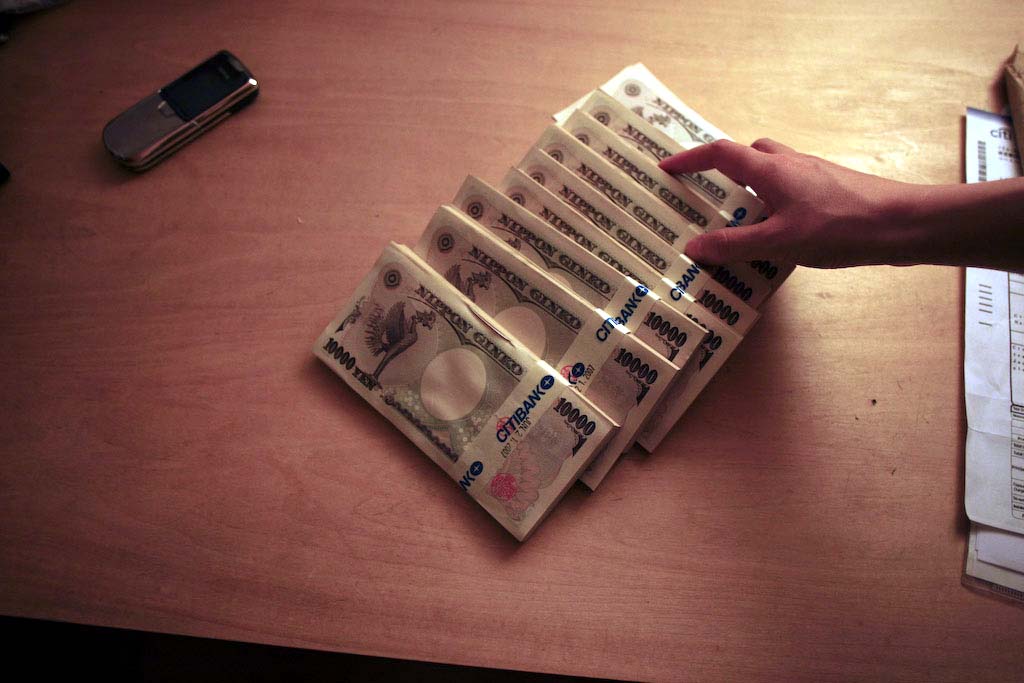The ability to present and overlay crime statistics on a map is nothing new – highlighting not only the geographic and time clustering of violent crimes such as assault with a hand gun but also insurance fraud, library theft, or the heinous unlawful use of recorded sound.
Given the mis-match between actual crimes committed and the perception of whether a crime is likely to occur, to what extent does access to official crime data and related reporting of those crimes in the media+ affect a personal and popular perception of one person, neighbourhood or culture compared to another? Japan is generally seen as a safe society – street crime and theft against property is by most measures low and this is the stuff that affects daily quality of life. There is crime here – it’s just not that visible, or at least not yet.
What happens when you combine crime statistics, criminal records, the ability to track a person, the ability to annotate and overlay information in real time? That nice man in the shop? Convicted pedophile. The flirty lady? Insurance fraud. Her in the zimmer? Persistent jaywalker. Suspicious guy with the scar and the limp? An officer injured in line of duty. With the resources available to some governments this scenario is already real. But in the hands of the billions it changes our perception of the world around us to the point where Tokyo doesn’t seem quite so safe, and NYC realises its further down the you-gotta-be-tough-in-this-city-to-survive rankings than, well, most cities in China. But more than that it changes the popular perception of whether its important that you’re a convicted felon. Does it matter that that Ms Zimmer first smoked then walked the jay?
When everyone in the business class lounge is a professional liar, adulterer or fraudster you can start to feel right at home. And then maybe you’ll also get a little business done.
